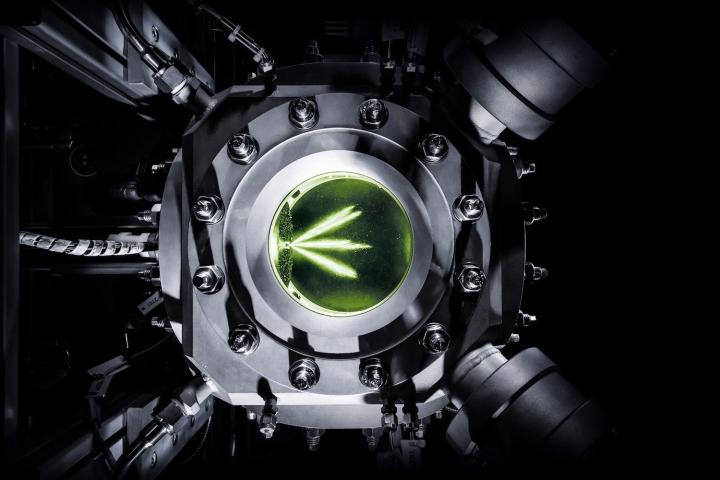
What better way to see if your new fuel is clean than to run it through a glass engine?
That’s exactly what Audi did with its new synthetic “e-fuels.” The German automaker says the new fuels performed better than their conventional counterparts. They presumably left fewer stains as well.
Actually, this unusual testing procedure was just a bit of common sense. Researchers were able to look through a quartz glass window in an engine’s cylinder, allowing Audi engineers to see exactly how the fuel was behaving under typical operating conditions.
Audi also put its e-fuels into a pressure chamber set to 15 bar, with an internal temperature of around 662 degrees Fahrenheit to simulate the conditions of combustion.
The carmaker claims its synthetic fuels’ more-consistent composition results in cleaner combustion than gasoline or diesel. That means fewer emissions, which is why Audi hopes to make e-fuel another pillar of its green-car strategy.
While Audi has primarily pushed diesel cars as its green vehicles of choice, it was also attempted to hedge its bet with electrified vehicles like the R8 e-tron supercar and A3 e-tron plug-in hybrid, as well as the natural-gas powered A3 g-tron.


